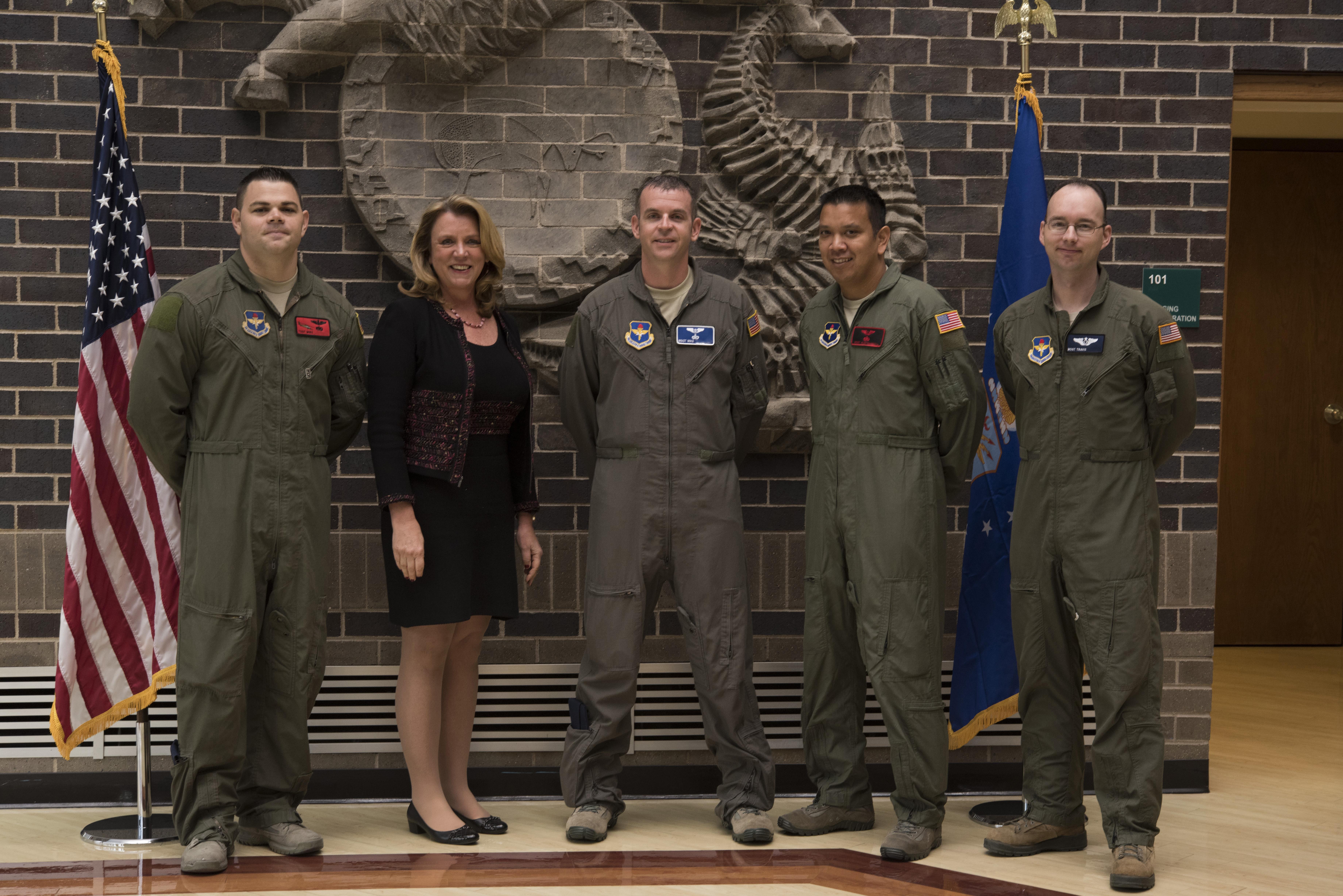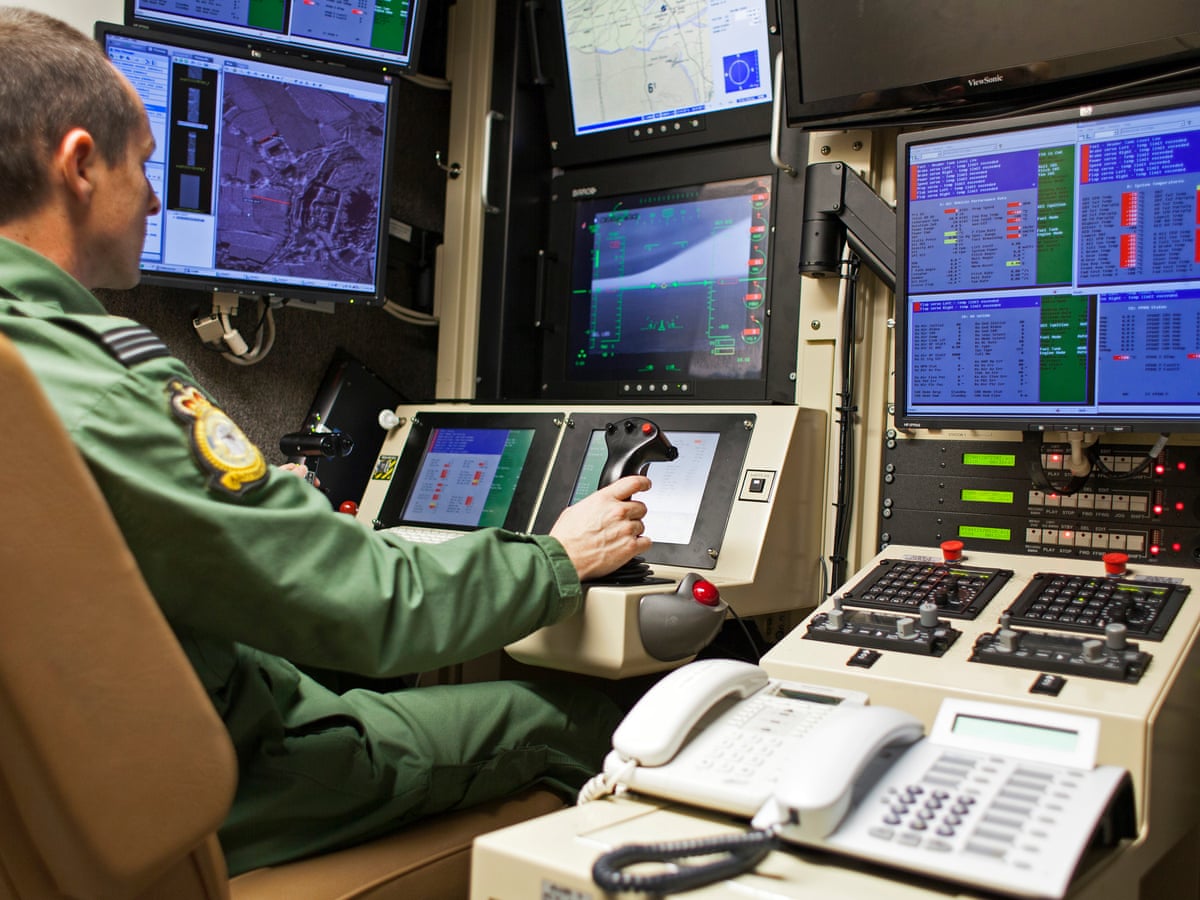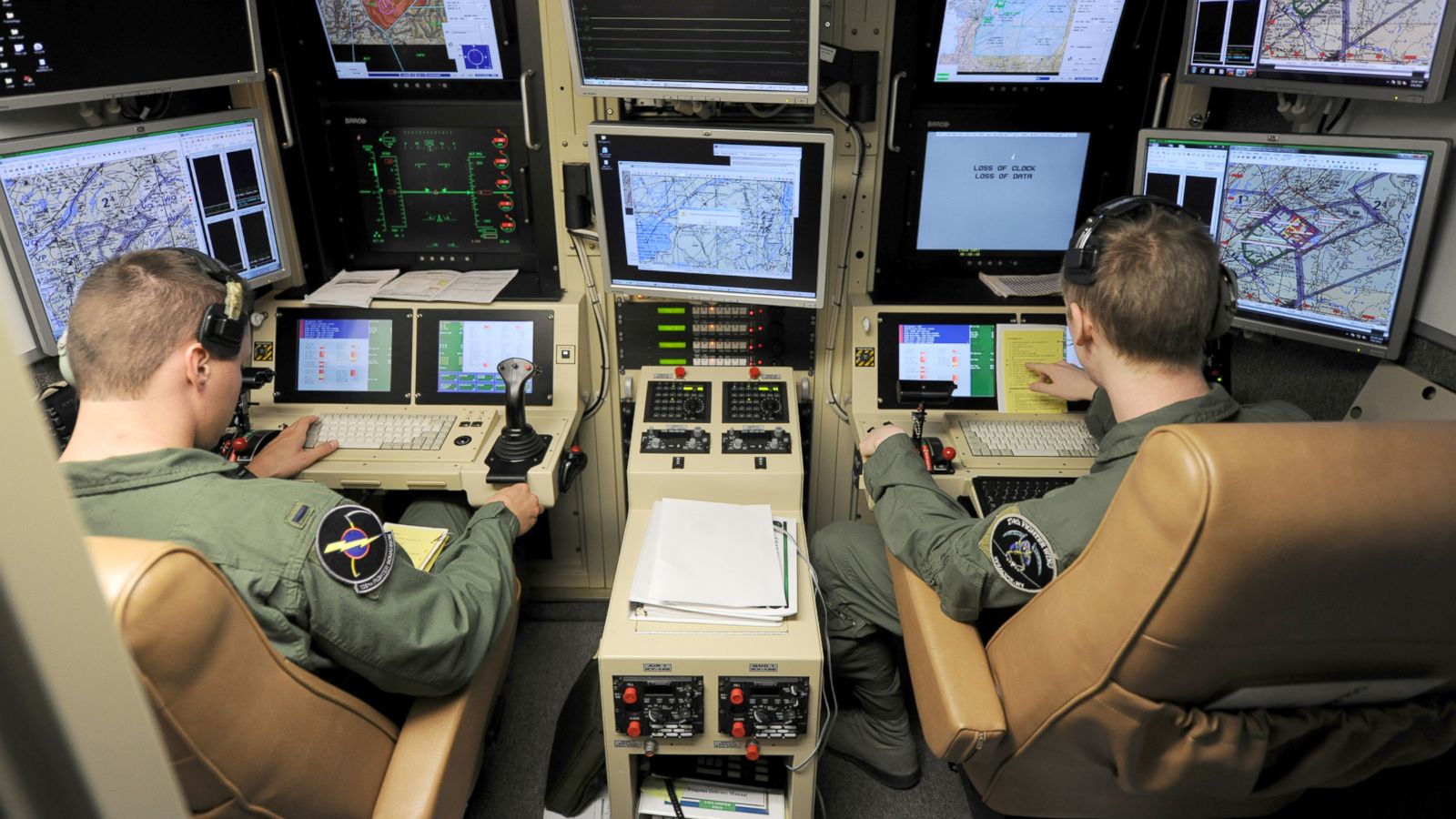Military Drone Pilot - US military power in the 21st century relies on powerful drones. Flying robots watch America's enemies from the sky — and sometimes blast them with Hellfire missiles.
The use of drones has its own logic. It is much better to hurt a robot than to put a real person in the same place.
Military Drone Pilot

The Pentagon has spent billions expanding its drone fleet. Since July 2013, the U.S. In total, the military has purchased more than 10,000 drones.
Air Force Moves To Ease Drone Pilot Shortfall And Heavy Workload
U.S. Both the military and the air force need a lot of drone pilots and technicians — literally tens of thousands of people — but filling those jobs isn't easy. Worse, the two departments began cutting corners during training, according to the Government Accountability Office, or GAO, a congressionally mandated watchdog.
There are many reasons for the lack of good pilots. Budget cuts in the military are significant.
To avoid forced cuts known as "sequestration," the Pentagon used some tricky accounting to keep cash flowing for its domestic projects like the F-35 Lightning II. The staffing level in all departments also decreased.
For piloting drones. Instead of sitting in the cockpit of the pilot - sitting for hours in a metal box in front of a computer screen is a difficult task. Drone pilots are overworked, stressed and bored.
Amazon.com: Modern Brick Warfare Us Army Ranger Military Drone Pilot Custom Minifigure
In May 2015, the GAO released its latest report on the sorry state of America's drones. Concerned about poor drone pilot training, the agency spoke with pilots and instructors and reviewed training logs and materials.
"Many Army [drone] pilots do not complete unit training," the GAO explained. In addition, "the military has no record of whether [drone] pilots ... have completed training."
The military uses three types of drones, the RQ-7 Shadow, the MQ-5 Hunter and the MQ-1C Gray Eagle. Prospective operators spend eight weeks learning the basics of flight and another 12 to 25 weeks specializing in a specific type of specialty.

After that, they are required to fly at least 24 training hours every year. One Army operator the GAO spoke with said he had flown only 36 hours in the past
Th Defender Selected To Become Active Duty Drone Pilot > Nellis Air Force Base > News
Other pilots told the watchdog they don't have enough training equipment and their drone unit commanders don't understand. Because officers routinely pull pilots from training duties to perform other tasks, they never find time to complete the required exercises.
The military receives frequent reports on the readiness levels of its drones. The reports told them about the personnel levels of individual units and the state of their training equipment.
But "[Army officials] said the reports did not provide any information about the readiness levels of [drone] pilots ... because the Army does not require the reports to include that information," the GAO said.
Aviation is no better. Pilots in the flying branch were so overworked that they did not have time to complete the required training.
Us Air Force (usaf) 46th Expeditionary Aerial Reconnaissance Squadron (ears) Predator Pilot, Captain (cpt) John \
"According to Air Force officials," the GAO wrote. "Some Air Force UAS pilots do not complete their continuing training due to the shortage of UAS pilots and the heavy workload of spending most of their time conducting operational missions."
"UAS" is one of several official terms for unmanned aerial systems, drones, and ground control stations.
Pilots have to do a bit of training every year. It refreshes them with technical changes to their machines, operational changes to their missions and foundations.

But the GAO found that the situation had worsened enough to allow the operators of the flying branches to count
Unmanned Aerial Vehicles In The United States Military
Then there are the instructors. Both the Army and the Air Force have had trouble finding qualified drone pilots for training
The programs expanded so quickly and the demand was so great that the military could not keep up. So the Pentagon started to cut back and instead
The military routinely granted waivers that allowed troops to skip parts of their training to would-be drone instructors. In 2014, about half of the army's drone instructors received such an exemption.
The Air Force has long had ethical issues with its drone pilots. When the killer robots first took to the skies, the Air Force took pilots out of conventional planes and put them in metal boxes with computer screens and joysticks.
Air Force Drone Hi Res Stock Photography And Images
Pilots worked long shifts, sometimes 10 or 12 hours, with only one day off for every six days they worked. Operators were unhappy, morale plummeted, and in 2006 members of one unit even shouted at their commanding officer at a meeting.
It's gotten better since then, but it's still not great. Drone pilots work long hours and often don't know the purpose of the missions they fly. They sweat in little metal trailers, kill thousands of miles away, then leave and go home.
Every day is about being alive, completing a mission and seeing your fellow soldiers. Drone pilots have no such routine.

Not surprisingly, drone pilots experience the same post-traumatic stress disorder as pilots in active combat zones. Being a drone pilot means that Hollywood has made movies about this basic theme.
Air Force Hires Civilian Drone Pilots For Combat Patrols; Critics Question Legality
Ethan Hawke plays US Air Force Major Thomas Egan, a pilot who starts flying drones because he doesn't need to fly conventional planes. Egan loses faith in the mission, falls out with his family, and fights with his commanding officer and the video game the Air Force recruits to fill the ranks of its drones.
Now this is the story – piloting killer robots is scary and no one wants to do it. This is a story born in reality.
After the GAO released its findings in 2015, the Air Force announced plans to open more drone jobs to private contractors. In addition, the service has been looking to improve things for its own drone crews, including paying more bonuses.
But as of 2016, the Pentagon owns thousands of drones and is still struggling to find enough people to keep them in the air.
Life As A Drone Operator: 'ever Step On Ants And Never Give It Another Thought?'
From drones to AKs, from high tech to low politics, exploring how and why we fight above and below an angry world
Vice is a contributing editor at Motherboard. Co-host and producer of the War College podcast. Producer of low-budget horror films. Send my twitter handle to gmail. USA on a training mission from a ground control station. An Air Force major pilots the MQ-9 Reaper.
Managing a career is a tricky thing. This is especially true for people who have experienced a national, regional or global economic downturn and lived to tell the tale. Most of us find it difficult to find and keep a good job—any good job—that offers bonuses like good benefits, interesting work, a collegial environment, and personal satisfaction. Then of course there's the old saw about the devil you know. Sure, an opening in corporate accounting may seem like an amazing opportunity, but you won't find out until it's too late to turn back.

Maybe that's why so many people find their vocation - or at least a mission - in government and military work. You probably won't get rich, but you'll get a steady paycheck, great job security, and an opportunity to serve your country. For technical types, you can also play with some fancy toys. As anyone who has served in the armed forces knows, it is a very stressful job. The mental breakdown that seems to be driving US Air Force drone pilots out of the military.
Us Needs Another 600 Humans To Fly Its Robot Planes
According to Mother Jones, nearly a quarter of Air Force pilots who are trained and certified to fly drones are leaving their jobs. Military officials identified fatigue, stress, battle fatigue and a lack of respect from superiors and fellow soldiers as the culprits behind the turnover. They say the shortage of trained drone pilots is putting military members and property in foreign countries at risk [sources: Chatterjee, Mazumdar].
About 1,000 drone pilots currently working for the Air Force fly both types of missions. These are mostly surveillance and intelligence-gathering treks, where the drones use cameras to gather photos and information about areas of interest and monitor US military forces on the ground. Another type of drone mission - less common but more publicized - is the combat type, in which artillery drones drop missiles or bombs on targets below. As you might expect, it's the second brand of drone work that does a lot on a lot of pilots [sources: Chatterjee , Mazumdar ].
Although drone pilots operate in a kind of video game environment, controlling their flying machines and attacking foreign targets from the comfort of a military base in the States, they are well aware of the real damage their work can cause. Unlike their counterparts who fly conventional aircraft in combat
Military drone pilot jobs, drone pilot business, military pilot, drone pilot insurance, military drone pilot salary, how to become a military drone pilot, drone pilot education, drone pilot test prep, drone pilot, military drone pilot training, military drone, drone pilot degree
0 Comments